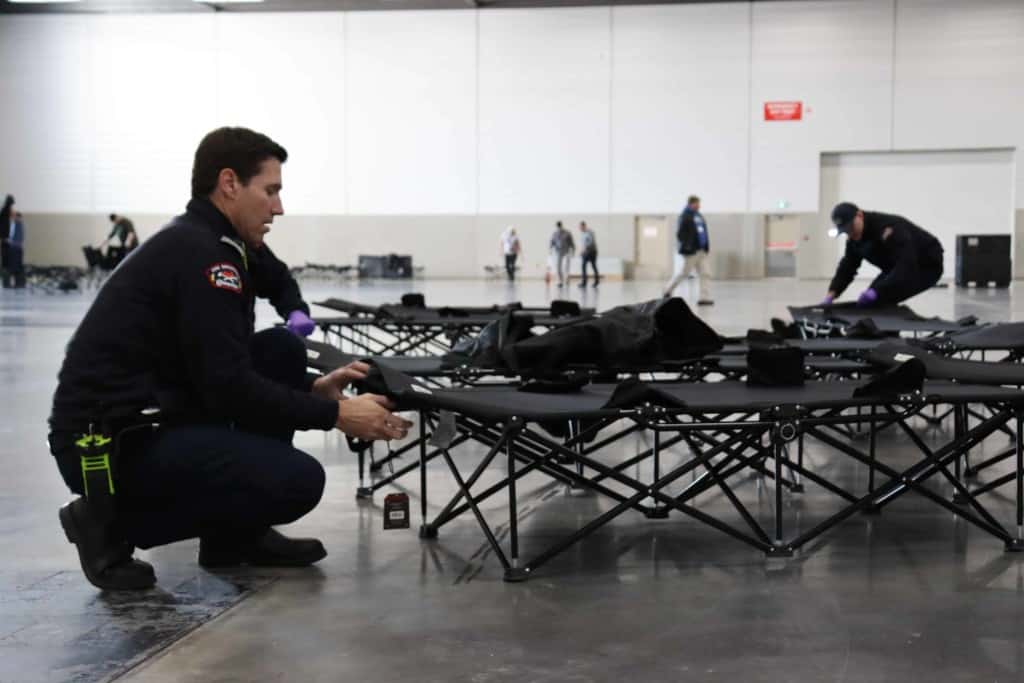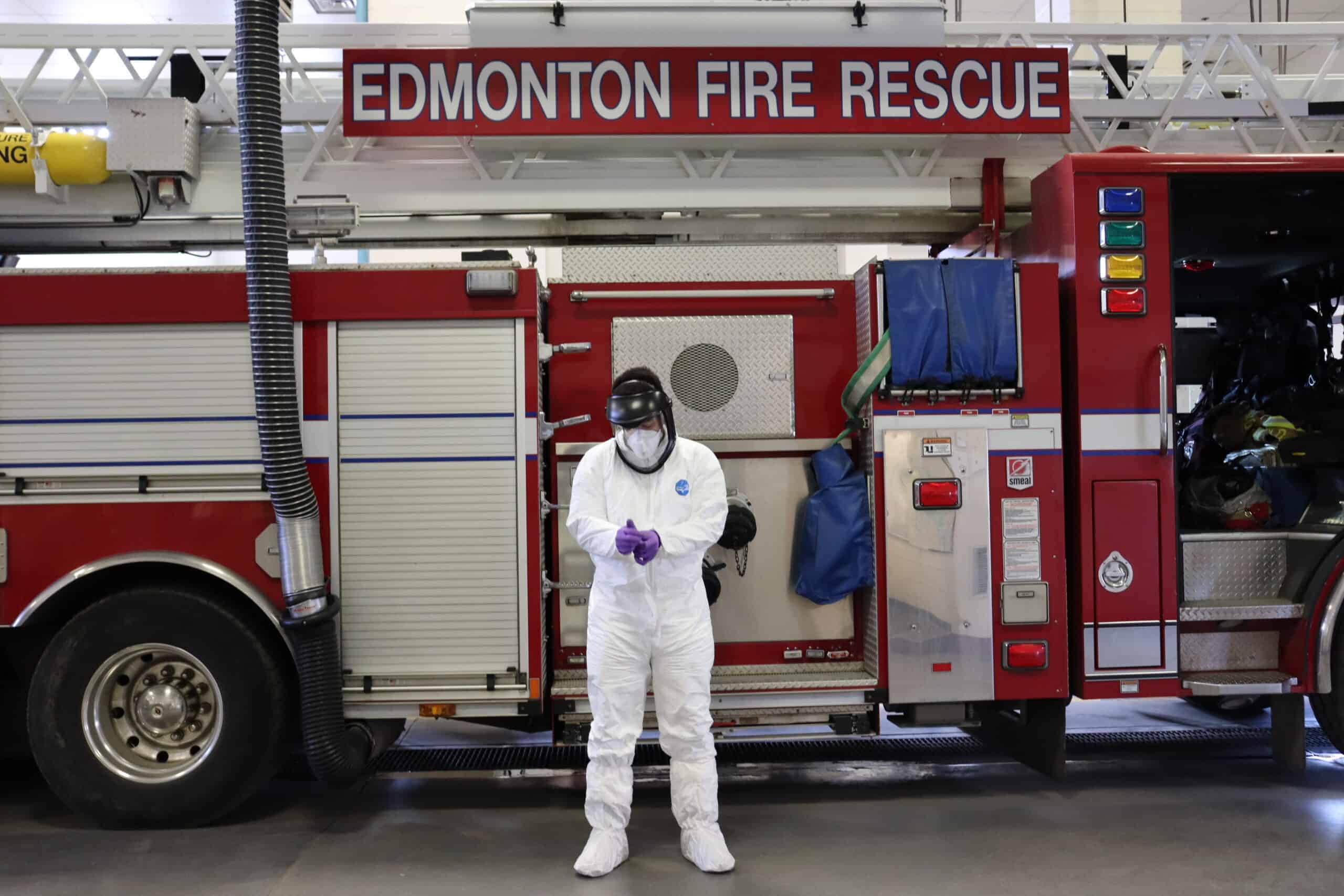How first responders are coping
Police and fire rescue services credit public with ‘flattening the curve’
The term first responder brings to mind those who run toward disaster when others have to run away. It has become a way to recognize the primary task expected of police, firefighters, and paramedics.
Today, protests and ardent cries for police reform will also mark collective remembrance. In the turmoil, discourse shifts to differentiate first responders. We have imagery for medical workers, contrasted with police.
In May, my task was to write about how first responders are coping with COVID-19. It still is. With consideration of recent protests, it is a story of the community we have built with our first responders.

During my interview with acting fire rescue services Chief Brad Hoekstra in May, he stressed, “We can’t thank the public enough. Every essential worker that puts themselves in harm’s way, we can’t express how grateful we are.”
Hoekstra cited the “diligence, patience and understanding of the public” in the response to the pandemic. He said, “Our systems have not been overwhelmed because of the public’s adherence to restrictions we had to put in place.”
Edmonton was then, and has remained a region that has so far “flattened the curve” of COVID-19.
Hoekstra’s tenure, from February to June 2020, saw Edmonton Fire Rescue Services (EFRS) through uncertain, dangerous times.
“At the start, everyone was experiencing something new. EFRS recognized that we were going to get busier. They needed renewed diligence to personal protective equipment.” What followed involved a “hurried education and hurried implementation of safety.”
Hoekstra credits James Cuddihy, Occupational Health and Safety consultant for EFRS, for recognizing the problem early. His experience in Wuhan, China during the first outbreaks helped EFRS to take aggressive measures. “He was a great resource for Edmonton,” says Hoekstra.
“We’re really fortunate that we got out in front of this early and that the people of Edmonton got on board so diligently.” Hoekstra noted that (as of May) “not a single firefighter [had] tested positive for COVID-19. Early action and public cooperation had a positive effect on our ability to provide protective services.”
Sgt. Andrew Weaver leads Edmonton Police Service’s beats team 1, which serves the Northwest Division.
“Since they lifted the lockdown, things have gotten busier. People have been a bit stir crazy.” This is typical with warmer weather. In general, Weaver says, “People from all walks of life and demographics were trying their best [during the lockdown]. Everyone seemed informed and showed respect for the advice being given to them. There is a different mindset of people working together more—that ‘we have to do this.’ It’s very impressive how people have followed the rules. People have done their part.”
“Vulnerable communities don’t have the same access to resources,” says Weaver. “Staying home is hard when you don’t have a home.” Beat teams refer people to resources, such as the Expo grounds, which provide a central refuge and resource for the homeless, and for isolation and medical treatment.
Andrews says, “Officers practice social distancing as an organization. That hasn’t been much of a change.” They use masks and gloves, and now they will offer gloves for people they engage with.
If officers must break social distancing, they ask: Do you have any symptoms? Have you been out of the province? Have you been in contact with an infected person?
Police now allow victims and witnesses to use FaceTime or email. Weaver says, “I don’t want to ruin all of that person’s sacrifice as I get a witness statement when I can find a social distancing method to acquire it.” Officers assess, “Is the risk of me seeing you greater than the risk of not seeing you?”
As of May 28, no officers had tested positive for COVID-19.
Weaver’s takeaway from the pandemic is one that echoes Hoekstra’s: “People can make a change. The vast majority put that space in all walks of life. People can do the hard things.”
Featured Image: Edmonton Fire Rescue Services has been well prepared for the pandemic, with ample supplies of personal protection equipment. | Edmonton Fire Rescue Services







